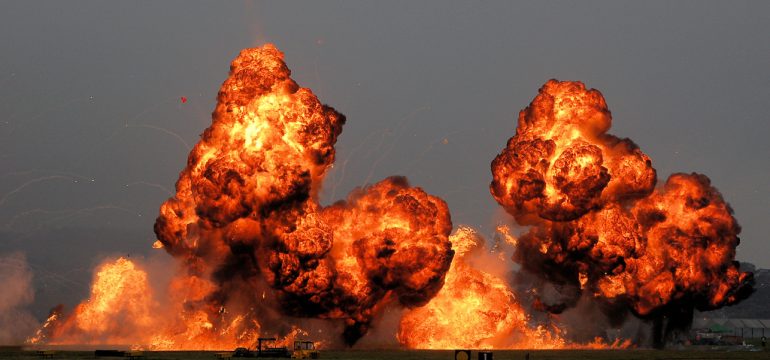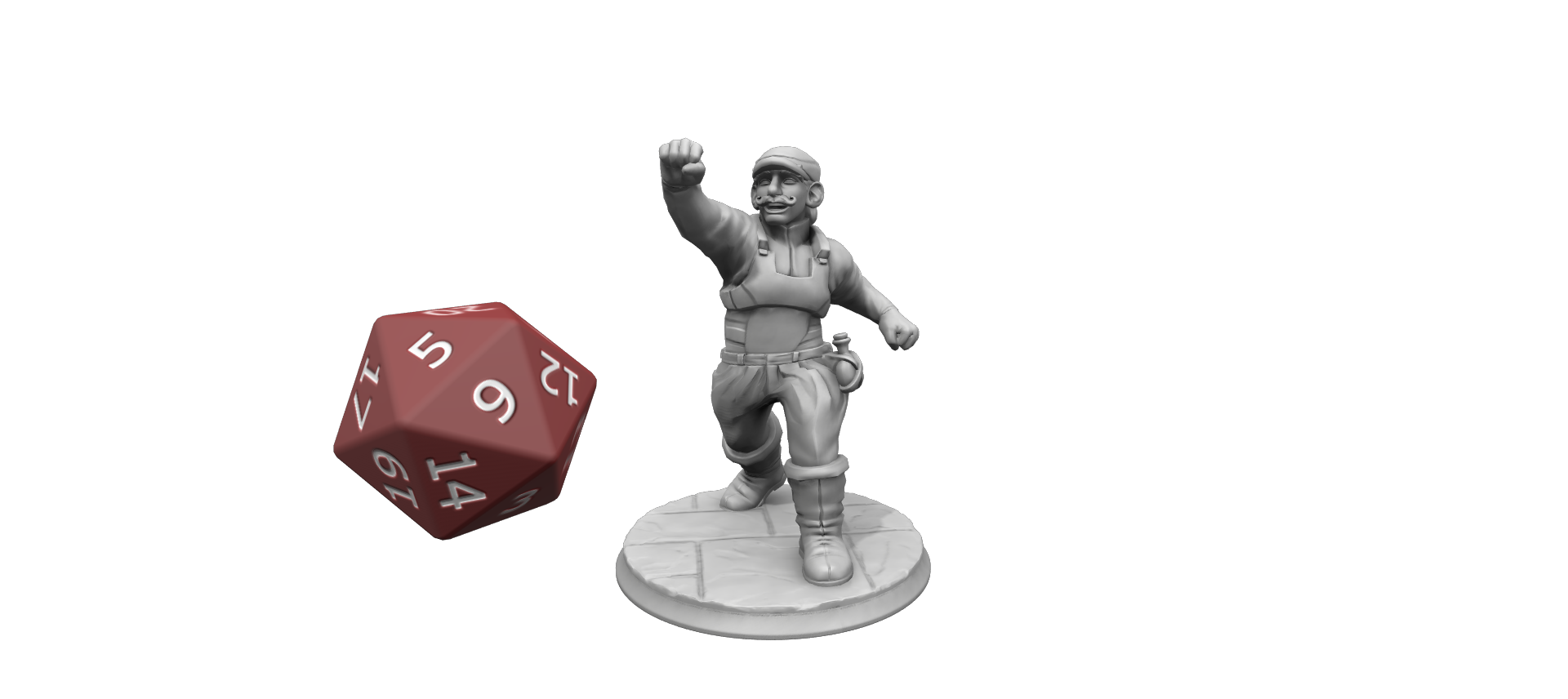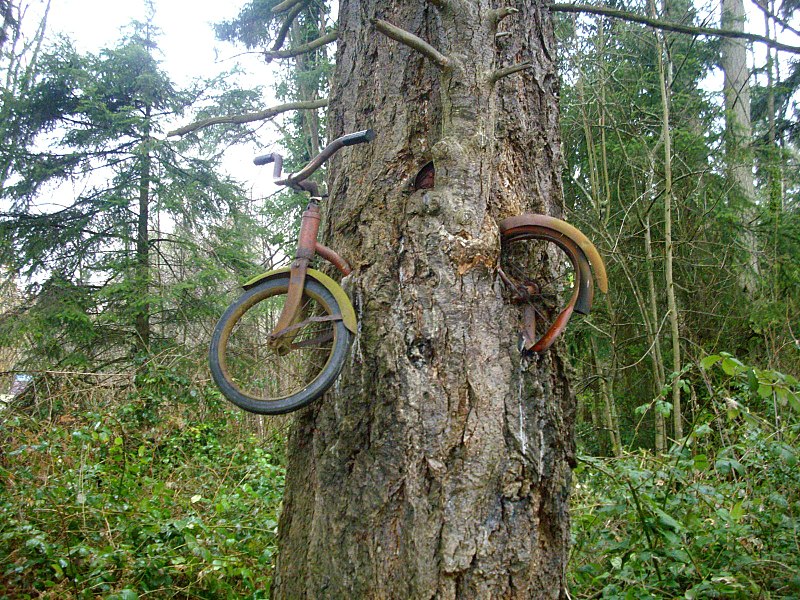Hi, my name is James and welcome to Code/Switch. Today I took a suggestion from the #backer-chat section of our Discord! It was originally a question about immunity to non-lethal that shifted to elemental damage. Today, I’m going to be assessing fire resistances and immunities in Pathfinder and trying to apply real world circumstances to this fantasy trope. If you have fire resistance, you’re seriously cool, you’ll see why in a bit.
Before we get into fire resistance itself, I want to qualify what I mean by “fire”. Fire, is a specific chemical reaction called combustion. I will also be qualifying non-combustion based heat damage as fire damage, and call it as such throughout the article.
Now, with that out of the way I want to explain a bit why fire is damaging to living creatures. Fire is hot [Citation Needed], hot enough to damage structures in flesh, boil the water content in said flesh, and in serious burns cause an inflammation response from the body which causes it to lose massive amounts of water. Even in mild burns, secondary issues can crop up as heating flesh sufficiently high can cause the proteins in your flesh to stop working, which is bad. You can literally slow roast a part of yourself under a heat lamp at the rest stop Roy Rodgers if you hold it there long enough.
Those gross images out of the way (seriously, I’m not linking sources because they all have burn wound pictures and I don’t want to create more suffering) we can talk about fire resistance and immunity. While not easily flammable, humans don’t possess inherent fire resistance. It can temporarily be gained by being wet, as shown in coal runners abusing the Leidenfrost Effect. We can also use layers of ceramics, clothing, and even bread to reduce the ability for heat to damage our sensitive flesh.
In the real world, very few creatures possess heat resistance and even the resistance offered isn’t really like we see if in Pathfinder. Lodgepole Pines need temperatures of 122F (50c) to spread seeds, and some extremophile bacteria can survive up to 206F (97c), this pales to the damage player can do to each other with fire based attacks.
To better understand this scale, we’re going to use the Torch from the Core Rulebook. A torch does 1 point of fire damage when hit to a person. If you use the commoner NPCs average roll on their D6 hit die (4), and add their non-existent constitution modifier for being a basic, skill based NPC you have a weapon that only needs 4 rounds (24 seconds) to put this person’s life in danger. Since heat damage varies by exposure time and intensity, we’re going to assume more damaging fire is of higher intensity, so, how hot is a torch?
The Core Rulebook doesn’t explain the make-up of a torch, but we’re going to assume it’s a cloth doused in a liquid fuel like oil. While I couldn’t find the burning temperature of things like vegetable oil, I was able to find an approximation of animal fat burning temperature, which is ~1470-1652F (800-900c), substantially hotter than cotton or wool would burn. To go more extreme, lava in Pathfinder deals 2D6 damage if touched, for an average of 7 points. Now this overcomes fire resistance 5! Lava kind of sucks for this, because it has such a large variation in temperature 1,290-2,190F (700-1,200c), we’re going to use the median as our average lava temperature, and that give us a total of 1,740F (948c). If fire damage and resistance is a linear scale starting with the average heat of burning animal fat at the starting point, each addition point of fire damage would be an increase in intensity of 32F (17.7c). Fire resistance 5 would protect up to 1,707F, resist 10 would be 1,867F, and resist 20 would be a staggering 2,187F! Resist 20 would allow you to ignore molten gold and only start to take damage around the melting point of cast iron!
Thanks for joining me in this user submitted Code/Switch! If you have any questions or other scienc-y things about Pathfinder or Starfinder, come hit me up in the KD Discord. The other KD crew is also there, being awesome.








